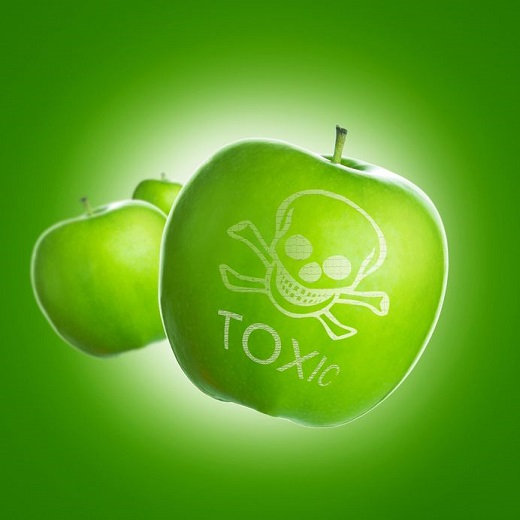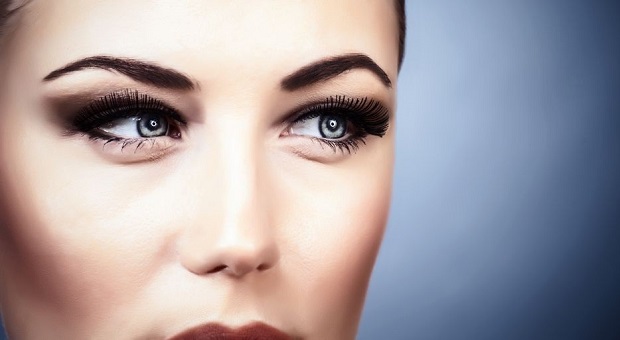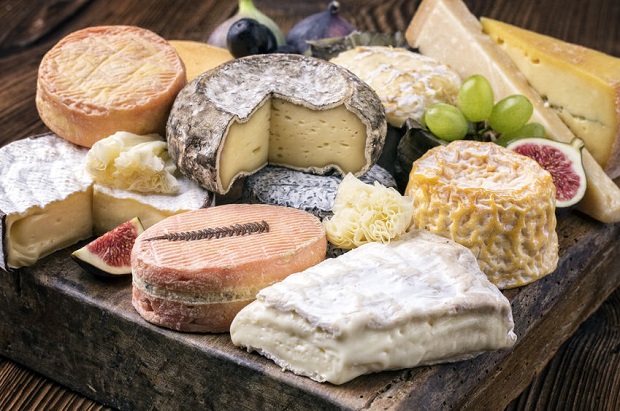
Is Henna Hair Dye Safe?
Answer at a Glance: The FDA considers natural henna derived from the Lawsonia plant a safe hair color additive. But not all henna is equal. Explore the circumstances in which henna is no longer safe.
Dig Deeper:
- Synthetic Hair Dyes Pose Health Risks
- Henna Is a Natural Hair Dye Alternative
- Buyer Beware! Not All Henna Products Are Natural
- References
The US Food and Drug Administration (FDA) regulates hair coloring products, including materials from plant or mineral sources such as henna. The FDA approves henna as a safe color additive to hair dyes. [1]
Synthetic Hair Dyes Pose Health Risks

Many studies have suggested that the use of synthetic hair dyes may pose health risks. Though much of the evidence is conflicting and inconclusive, studies have linked the use of hair dyes to an increased risk of bladder cancer, hematological malignancies, non-Hodgkins’ lymphoma, leukemia, multiple myeloma, and breast malignancies. [2] The use of hair dyes during pregnancy has been linked (inconclusively) with an increase in childhood cancers. [3]
Henna Is a Natural Hair Dye Alternative
Henna, on the other hand, is natural. It is derived from crushing henna leaves to extract the lawsone, the burgundy pigment that gives henna leaves their color. Because each henna leaf comprises roughly 1-3% lawsone, the crushed leaves must be sifted to separate the rough plant material from the actual dye. Henna that is used for body art is generally more vigorously sifted, resulting in a higher dye concentration. [4]
The drawback to natural henna products is that they only last a few days to a month or more, depending on a variety of factors, including the quality of the dye, the length of processing, the condition and maintenance of the hair, etc. [5]
Buyer Beware! Not All Henna Products Are Natural

The color of natural henna is burgundy, so the henna that is used for hair is often combined with other chemical and natural dyes to create shades more palatable to consumers. For example, a product sold as black henna could be derived from indigo and various additives. Henna with additional ingredients is referred to as compound henna. [6]
Compound henna has been found to contain Silver nitrate, Carmine, Pyrogallol, dispersed orange dye, and Chromium, all of which can cause serious health risks. [7][8]
Black henna can contain a chemical known as p-phenylenediamine (PPD). The FDA prohibits the addition of PPD to henna in the United States because it can cause severe allergic reactions and permanent scarring occurring in roughly 3-15% of those who come in contact with it. Henna boosted with PPD can cause lifelong health problems and can also cause a life-threatening sensitivity to the use of any synthetic hair dye. [9]
It should also be noted that henna hair dye should not be used to tattoo the skin.
References
- [1] US Food and Drug Administration – “Hair Dyes.”
- [2] Saitta DO, Peter. “Is There a True Concern Regarding the Use of Hair Dye and Malignancy Development?” The Journal of Clinical and Aesthetic Dermatology. Vol. 6, No.1 (2013): 39-46.
- [3] McCall, EE. “Maternal Hair Dye Use and Risk of Neuroblastoma in Offspring.” Cancer Causes and Control. Vol. 16, No.6, (2005): 743-48.
- [4] Bosoglu A, Birdane F, Solmaz H, “The effect of Henna (Folium lawsoniae) paste in ringworm in calves”. Indian Veterinary Journal. Vol. 75, No. 1, 1998, 83–84. Print
- [5] Ibn Qayyim al-Jawzīyah, Muhammad ibn Abī Bakr, Penelope Johnstone. Cambridge: Islamic Texts Society, Medicine of the prophet. Trans, 1998
- [6] Singh, M., Jindal, S. K., & Singh, D., “Natural Variability, Propagation, Phenology and Reproductive Biology of Henna”, Henna: Cultivation, Improvement, and Trade. Jodhpur: Central Arid Zone Research Institute, 2005, 13–18
- [7] Food and Drug Administration – “Temporary Tattoos & Henna/Mehndi.”
- [8] Kang IJ, Lee MH, “Quantification of para-phenylenediamine and heavy metals in henna dye”. Contact Dermatitis 55 (1), 2006, 26–9
- [9] Hema, R, S Gomathi , C Sivasubramaniam, and S Kumaravel. “Gas Chromatography – Mass Spectroscopic analysis of Lawsonia inermis Leaves.” Life Science Journal 7.4 (2010): 48-50. Print.
DISCLAIMER: THIS WEBSITE DOES NOT PROVIDE MEDICAL ADVICE
The information, including but not limited to text, graphics, images, and other material on this website, is for informational purposes only. No material on this site is intended to be a substitute for professional medical advice, diagnosis, or treatment. Always seek the advice of your physician or other qualified healthcare providers with any questions you may have regarding a medical condition or treatment before undertaking a new healthcare regimen, and never disregard professional medical advice or delay in seeking it because of something you have read on this or any other website.






